This guide explores the world of vintage bicycles, providing insights into their value based on brand, model, condition, and rarity. Discover expert tips, valuation tools, and market trends to determine your bike’s worth accurately and make informed decisions.
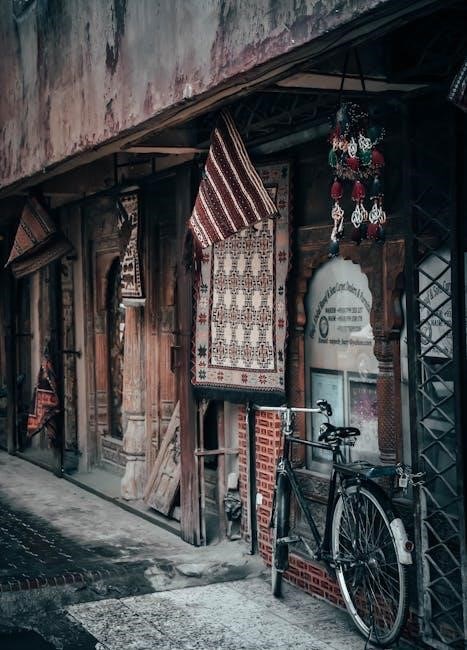
Factors Influencing the Value of Vintage Bicycles
The value of vintage bicycles is influenced by brand, model, condition, year, and rarity. These factors guide buyers and sellers in determining a bike’s market worth, ensuring accurate valuations.
Brand Influence on Value
The brand of a vintage bicycle significantly impacts its value, with renowned manufacturers like Trek, Schwinn, and Raleigh often commanding higher prices due to their historical reputation and quality craftsmanship. Bikes from these brands are sought after by collectors and enthusiasts, driving up their market worth. Lesser-known brands may sell for less, though rare or unique models can still attract premium prices. The brand’s legacy, innovation, and cultural impact also play a role in valuation. For instance, Italian and French brands are often prized for their racing heritage, while American brands like Schwinn are cherished for their nostalgic appeal. Using tools like price guides and auction histories, enthusiasts can accurately assess a bike’s value based on its brand and model. This data helps buyers and sellers make informed decisions in the vintage bicycle market.
Model-Specific Value Considerations
Model-specific factors greatly influence the value of vintage bicycles, with certain designs and features commanding higher prices. Rare or iconic models, such as the Schwinn Sting-Ray or Raleigh Chopper, are highly sought after by collectors, driving up their value. Additionally, bikes with unique components, like vintage derailleur systems or handcrafted frames, can significantly increase worth. The model’s historical significance, such as its role in racing or cultural movements, also plays a role. For example, vintage road bikes from the 1970s and 1980s, particularly those made from lightweight steel, are gaining popularity among enthusiasts. Using detailed databases and auction histories, enthusiasts can pinpoint a model’s value, ensuring accurate appraisals. This model-specific approach helps buyers and sellers understand the bike’s market demand and pricing trends, making it essential for informed transactions in the vintage bicycle market.
Condition as a Key Value Determinant
Condition is a critical factor in determining the value of vintage bicycles. Bikes in excellent original condition, with minimal wear and tear, typically command higher prices. Key elements to assess include the integrity of the frame, the functionality of components, and the presence of original parts. Rust, dents, or missing components can significantly lower a bike’s value. For instance, a vintage bike with its original paint and decals in pristine condition can fetch premium prices, while one with faded paint or rust may be valued considerably lower. Restored bikes can also hold high value if the restoration is period-correct and well-executed. However, over-restoration or the use of non-original parts can sometimes detract from authenticity and value. Buyers and sellers should carefully evaluate a bike’s condition to accurately determine its market worth, ensuring fair and informed transactions.
Year of Manufacture and Value
The year of manufacture significantly influences the value of vintage bicycles. Bikes from certain eras, such as the mid-20th century, are often more sought after due to their historical significance and craftsmanship. For example, vintage road bikes from the 1970s and 1980s, like those produced by Raleigh, have seen a rise in value as collectors appreciate their timeless design and durability. Early models from renowned brands like Trek also hold premium value, especially if they retain original components. Additionally, bikes with unique historical backgrounds, such as those made during wartime or featuring rare innovations, can command higher prices. The year of manufacture not only reflects the bike’s age but also its place in cycling history, making it a crucial factor in determining its worth in the vintage market.
Rarity and Its Impact on Value
Rarity plays a pivotal role in determining the value of vintage bicycles. Limited production runs, unique designs, or exclusive features can significantly increase a bike’s worth. For instance, rare models like the 1950s Schwinn Cruiser or early Trek road bikes are highly sought after by collectors, driving up their value. Bikes with one-of-a-kind components or those associated with historical events also command premium prices. The scarcity of certain models, especially in excellent condition, further amplifies their desirability. As a result, rare vintage bicycles often become museum-quality pieces, fetching thousands of dollars at auctions. Rarity not only enhances a bike’s monetary value but also its historical significance, making it a treasured asset for enthusiasts and investors alike.
Determining the Value of Your Vintage Bicycle
Accurately determining the value of a vintage bicycle involves assessing its condition, rarity, brand, and historical significance. Use specialized tools and expert resources to ensure precise valuation and informed decisions.

Methods for Accurate Valuation
To accurately value a vintage bicycle, start with a detailed inspection of its components, such as the frame, wheels, and gears, noting any original parts or restorations. Research auction histories and market trends using online databases and valuation tools; Compare your bike to similar models sold in recent auctions or marketplaces to gauge its worth. Consider consulting experts or appraisers for rare or high-value bicycles. Additionally, utilize condition grading scales, which categorize bikes from museum-quality to unrestored projects, to help determine a fair market value. Combining these methods ensures a comprehensive and reliable assessment of your vintage bicycle’s value.
Valuation Tools and Resources
Accurate valuation of vintage bicycles relies on a variety of tools and resources. Online databases and auction sites provide real-time data on recent sales of similar models. Specialized platforms like iGuide and PriceGuide offer comprehensive listings of vintage bicycles, including their historical prices and market trends. Additionally, forums and communities dedicated to vintage cycling often share valuable insights and appraisals. Tools like smart search features allow users to filter by brand, model, and condition, aiding in precise comparisons. Many resources also include detailed condition grading scales, helping to standardize assessments. For rare or high-value bicycles, consulting expert appraisers or using trusted valuation services can provide additional accuracy. These tools collectively empower enthusiasts and collectors to determine fair and realistic values for their vintage bicycles.

Market Trends in Vintage Bicycle Collecting
Vintage bicycles are gaining popularity, with certain models like English roadsters and 1970s Raleigh bikes seeing increased value. Collectors seek rare, well-preserved models, driving market demand and prices higher.
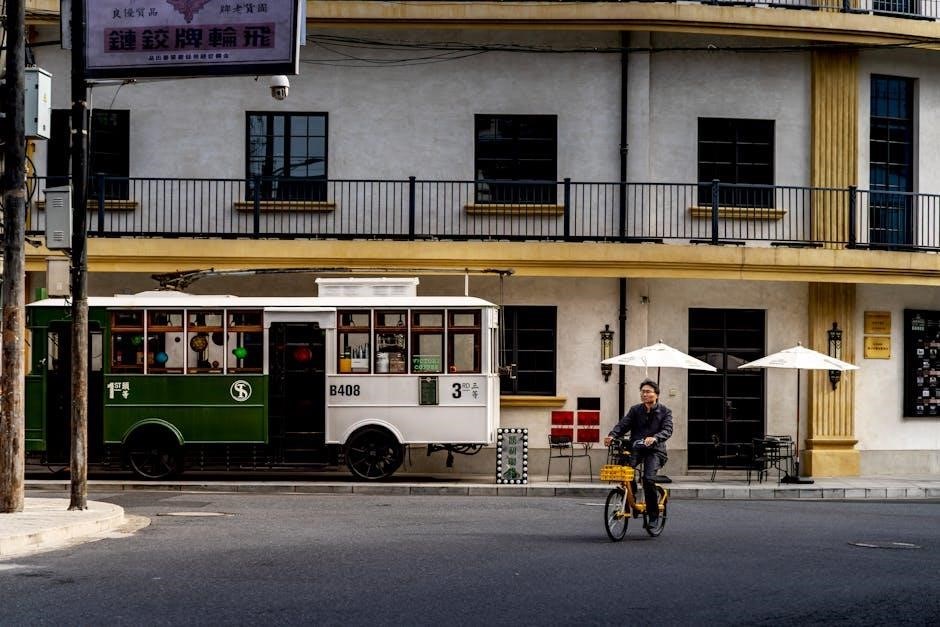
Current Market Trends
The vintage bicycle market is thriving, with collectors seeking rare and well-preserved models. English roadster bicycles and 1970s Raleigh bikes are particularly gaining value. Factors like condition, rarity, and historical significance heavily influence prices. Online platforms and databases now offer real-time valuation tools, making it easier to assess a bike’s worth. Restored models with period-correct components often command higher prices, while original paint and unique features can significantly boost value. Regional demand varies, with certain brands like Trek and Schwinn seeing strong interest in the US market. European markets also show growing demand for vintage steel road bikes. Overall, the market reflects a mix of nostalgia, craftsmanship appreciation, and investment potential, making vintage bicycles a rewarding collectible for enthusiasts and investors alike.
Era-Specific Trends in Value
Vintage bicycles from different eras exhibit distinct value trends. Bikes from the 1970s and 1980s, such as Raleigh models, are currently gaining significant value due to nostalgia and durability. Early 20th-century bicycles, particularly those from the 1920s and 1930s, are highly sought after by collectors for their rarity and historical significance. The 1950s and 1960s models, especially those with unique designs or components, also command premium prices. Steel road bikes from the 1980s are popular among enthusiasts, while vintage cruisers from the mid-century are prized for their aesthetic appeal. The value of these bikes often correlates with their condition, originality, and brand reputation. Understanding these era-specific trends can help collectors and sellers make informed decisions in the dynamic vintage bicycle market.
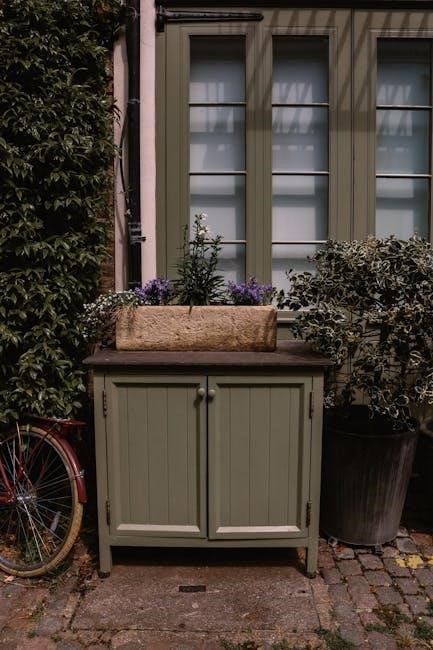
Regional Variations in Vintage Bicycle Value
Vintage bicycle values vary by region, with U.S. markets favoring brands like Schwinn, while European markets prize Raleigh and vintage road bikes, reflecting local demand and preferences.
Value Differences in the US Market
In the U.S., vintage bicycles like Schwinn Sting-Ray and Phantom models are highly sought after, often commanding premium prices due to nostalgia and cultural significance. The condition, rarity, and historical background of a bike significantly influence its value. For instance, a restored 1960s Schwinn can fetch between $500 to $1,500, while rare models like the 1950s Schwinn Cruiser may reach up to $2,000. Regional preferences also play a role, with West Coast collectors favoring beach cruisers, while East Coast enthusiasts lean toward vintage road bikes. Additionally, 1970s bikes with steel components typically range from $100 to $400, though museum-quality pieces can exceed $3,000. These variations highlight the diverse and dynamic nature of the U.S. vintage bicycle market.
European Market Trends and Values
In Europe, vintage bicycles from iconic brands like Raleigh, Peugeot, and Bianchi are highly prized, with values often surpassing those in other markets. Lightweight steel road bikes from the 1970s and 1980s, particularly those with original components, are in high demand. English roadster bicycles, such as the Raleigh Superbe, have seen a significant rise in value due to their practical design and nostalgic appeal. Italian and French models, known for their racing heritage, are sought after by collectors, with restored examples fetching premium prices. Regional preferences also influence values, with certain models commanding higher prices in their country of origin. The condition and rarity of a bike play a crucial role, as does its historical significance. Overall, the European market reflects a deep appreciation for craftsmanship and cycling history, driving the value of vintage bicycles higher than in many other regions.
Restoring Your Vintage Bicycle for Maximum Value
Restoring a vintage bicycle can significantly enhance its value, but it requires careful consideration and attention to detail. Start by assessing the bike’s condition to identify what needs repair or replacement. Use period-correct parts to maintain authenticity, as modern components can detract from the bike’s original charm. Preserve original finishes whenever possible, as patina and vintage aesthetics are highly valued by collectors. For complex tasks, such as wheel rebuilding or frame repairs, consider consulting a professional with expertise in vintage bicycles. Avoid over-restoration, as excessive modifications can reduce the bike’s historical integrity. A well-executed restoration not only increases the bike’s monetary value but also its appeal to enthusiasts. By balancing preservation and functionality, you can unlock the full potential of your vintage bicycle and attract serious buyers or collectors.
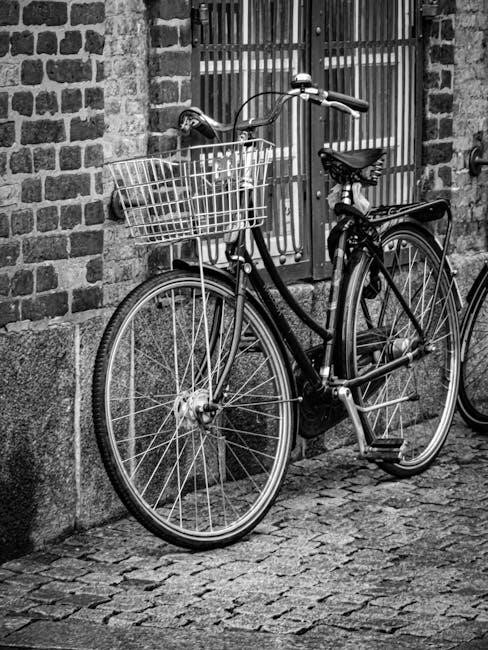
Marketplace Guide: Where to Buy and Sell

Explore popular platforms like Steel Is Real, Vintage bicycles UK, and The Classic and Antique Bicycle Exchange for buying and selling vintage bikes with ease and authenticity.
Popular Platforms for Buying and Selling
When it comes to buying or selling vintage bicycles, several platforms stand out for their reliability and popularity. Websites like Steel Is Real and Vintage Bicycles UK cater specifically to enthusiasts, offering a wide range of classic bikes. Additionally, The Classic and Antique Bicycle Exchange is a go-to destination for rare and unique models. These platforms provide detailed listings, high-quality images, and often include historical information about the bikes. For those looking to compare prices or track auction histories, tools like the smart search feature on these sites can be invaluable. Many platforms also offer forums or communities where collectors can share knowledge and negotiate deals. Whether you’re a seasoned collector or a first-time seller, these platforms ensure a smooth and transparent transaction process, helping you find or sell your vintage bicycle with confidence.
Avoiding Scams in Vintage Bicycle Transactions
When buying or selling vintage bicycles, it’s crucial to avoid scams by verifying the authenticity of listings and sellers. Be cautious of overly low prices or bikes advertised in unusually good condition without proper documentation. Always request detailed photos and documentation, such as serial numbers and historical records, to confirm the bike’s legitimacy. Use secure payment methods and avoid transactions that require upfront payments without seeing the bike. Meeting in person or using reputable platforms with buyer and seller protections can also reduce risks. Additionally, join vintage bicycle communities or forums to gather insights and avoid common scams. By staying vigilant and doing thorough research, you can ensure a safe and successful transaction.
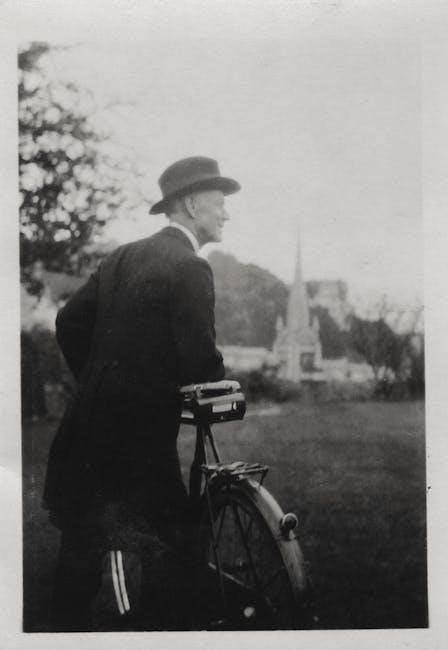
Investment Potential of Vintage Bicycles
Vintage bicycles are increasingly seen as a unique investment opportunity, with certain rare models appreciating significantly over time. Bikes from iconic brands like Schwinn or Raleigh, especially those in excellent condition, can fetch high prices at auctions or through specialized marketplaces. The investment potential often lies in rarity, historical significance, and the growing popularity of vintage cycling culture. For instance, a fully restored 1960s Schwinn Sting-Ray or a rare European road bike can sell for thousands of dollars. Additionally, limited-edition models or those with unique historical backgrounds tend to attract serious collectors, driving up their value. While not all vintage bikes are investment-grade, those with provenance, original components, and meticulous restoration can offer substantial returns. As with any investment, thorough research and authentication are essential to ensure the bike’s value appreciates over time.

In conclusion, vintage bicycles offer a unique blend of nostalgia, craftsmanship, and potential investment value. Understanding factors like brand, model, condition, and rarity is crucial for determining their worth. The market for vintage bikes is thriving, driven by collectors and enthusiasts seeking rare and historically significant pieces. While some bikes may appreciate in value over time, others are cherished simply for their sentimental or aesthetic appeal. Whether you’re a seasoned collector or a casual enthusiast, this guide provides the tools and insights needed to navigate the world of vintage bicycles. By combining research, expert advice, and a passion for cycling history, you can make informed decisions about buying, selling, or restoring these timeless treasures. Remember, the true value of a vintage bicycle lies in its story, craftsmanship, and the joy it brings to its owner.
Additional Resources for Vintage Bicycle Enthusiasts
For those passionate about vintage bicycles, there are numerous resources available to deepen your knowledge and connect with like-minded enthusiasts. Online forums and communities, such as The Classic and Antique Bicycle Exchange, offer platforms to discuss restoration, valuation, and market trends. Specialty websites like Steel Is Real and Vintage Bicycles UK provide detailed guides, historical data, and listings for rare bikes. Additionally, tools like the used bicycle value calculator and auction platforms such as eBay and Etsy can help you estimate and compare prices. Local bike shops and vintage cycling events are also excellent sources for hands-on advice and networking. Whether you’re a collector, restorer, or casual enthusiast, these resources will help you navigate the fascinating world of vintage bicycles and stay informed about the latest developments in the hobby.


